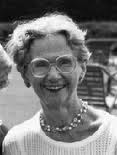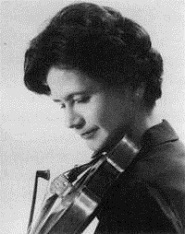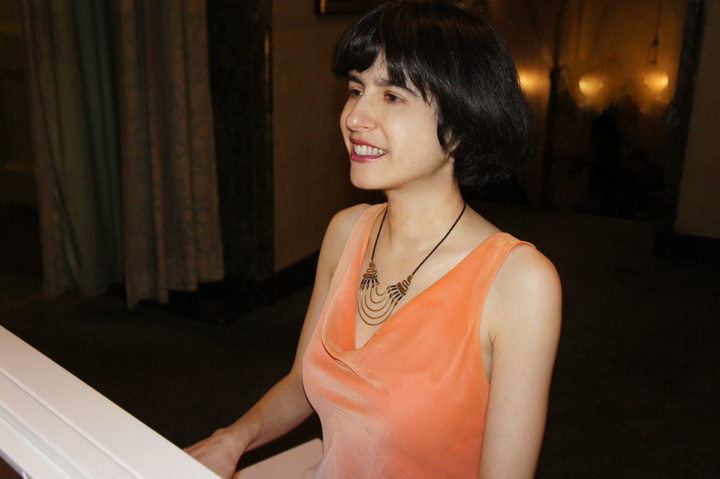The XIV International Tchaikovsky Piano Competition, Moscow June 14 – June 30, 2011
Finding myself with some time and a decent internet connection on my hands while packing up a house in the Caribbean for the approaching hurricane season, I discovered to my delight that the Tchaikovsky Competition was being webcast this year. It’s of such monumental proportions now, with the piano, violin, cello and voice events being run simultaneously from Moscow and St. Petersburg, and with more than 100 participants, that it’s impossible to hear it all. So, being a pianist myself, I chose to listen to as much of the piano competition as I could.
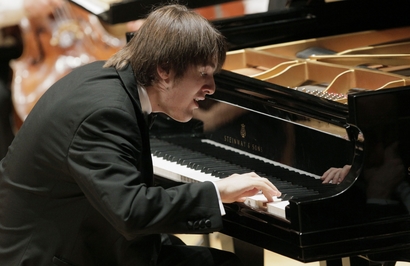
First prize winner pianist Daniil Trifonov
Delight often turned to frustration with the Tchaikovsky’s website. It is a bit of a hash – a mass of counterintuitive menus – for instance, you cannot go directly from the performers listing to his or her performances. And the page giving the results of each round has no links to the players at all, so you are constantly trying to remember which menu has the navigation you want. They’ve also been rather slack about posting videos in the Archives section which, so far anyway, still does not contain all the finalists’ concerto performances.
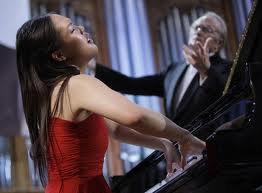
Second Prize Winner Pianist Yeol Eum Son
The streaming video is of variable but generally poor quality, often grainy and pixilated and the audio (which, incidentally, is excellent) is almost always about a second ahead of the video. Regrettably, the camera work is more suited to a hip-hop music video, particularly in the concerto rounds, with fast cuts (often 3 seconds or less) from a crotch shot of the tympani player to a close up of the concertmaster’s ear to the annoying up-the-right-nostril camera angle which has been used far too often with the soloists. Whoever is cueing the cameras also seems to be fairly ignorant of the content of the repertoire, and either can’t read music or is just winging it because at nearly every interesting spot in the performances I’ve seen so far, the camera is anywhere but on the players’ hands. Far below standard for an event of this importance and prestige – still, it’s wonderful to be able to view the competition in its entirety because these pianists really are the creme de la creme. Commenting on it all for the webcast were Irina Tushintseva in Russian and John Rubinstein, the son of legendary pianist Arthur Rubinstein, in English. A tough job considering they had to ad lib through sometimes extended delays, but they chatted away gracefully, if not always informatively.

Third Prize Winner Pianist Seong-Jin Cho
As I began to watch the opening round concerts – there were 29, and I have to admit I did not see them all – I was really astonished by the depth of talent at this event. For the statistically minded, only 8 of the 29 competitors were women, including the youngest, 16 year old Ekaterina Rybova. This surprised me since in most other competitions the sexes are about equally divided, with numbers often tilting slightly to the female side. Also interesting is that Steinway seems to be maintaining its dominance on the concert platform, chosen as it was by 19 of the 29 pianists. The remaining performers went about half for Yamaha and the rest to Fazioli and Shigeru Kawai. There was also a wide breadth of personalities apparent in these competitors – some comfortable and engaging on stage, some visibly nervous, or unhappy, or fretful. Some smiling, some not, some handsomely dressed, some verging on shabbiness. One excellent but possibly hard pressed player appeared to have borrowed his concert clothes from someone several sizes larger, a poignant sight. One of the all male, mostly jacket and tie wearing jury members persisted in showing up dressed as if he’d been transported there direct from an aisle at K-Mart, not poignant at all, just objectionable. In any case, in order to keep this account of the competition to a manageable length, let’s talk about the 12 pianists who made it through to Round II:
Sara Daneshpour, the only American in the competition and one of only two women to emerge from the First Round, is an elegant player, prone to a sweetness of gesture that was an asset in Haydn’s F Major Sonata and Schumann’s Abegg Variations but didn’t work as well in other repertoire – notably the darkly brooding Corelli Variations of Rachmaninoff and Prokofiev’s demonic Toccata, Op. 11. In the Mozart Concerto round, her D minor, K. 466 was lithe and dramatic but went momentarily off the rails in the second movement – only an instant really, but probably enough to get her eliminated.
At 30, Eduard Kunz has been around the competition circuit for a number of years. He’s a tremendously communicative and intelligent musician, and one of the most interesting and satisfying pianists to be heard at this Tchaikovsky Competition. At crucial moments though, he’s prone to crack a note or have a slip of the finger and it damages his playing just enough to knock him out of contention. It’s a problem because absolute technical perfection has become the norm, often superseding excellent musicianship – a real case of the perfect becoming the enemy of the good. Among his performances, a startlingly colorful and imaginative Gaspard de la Nuit was a particular gem.
Twenty year old Swiss pianist François-Xavier Poizat is another deeply fascinating musician. I had hopes he might make the finals as well – he gave a Mozart Sonata in C Major (K. 330) of pure crystalline beauty, and an interesting and finely detailed performance of the rarely played Prokofiev Fourth Sonata. There was also a stunningly beautiful Tombeau de Couperin by Ravel, ending with a luminous and finally blazing account of its perilous Toccata.
Born near Vladivostok in the Russian Far East, 22 year old Alexander Sinchuk is a sort of Byronic ideal of a concert pianist. Handsome, elegantly dressed, ramrod straight at the instrument and with his David face tilted heavenward, it became obvious he has an affinity for the darkly romantic corners of the repertoire. He gave forceful accounts of the Schubert A minor Sonata Op. 143, the Franck Prelude Chorale and Fugue and Rachmaninoff’s 2nd Sonata. At the end of the first day, he hurled himself at the Prokofiev Seventh Sonata “Stalingrad” as if he could see the carnage and smoking ruins in his mind’s eye. He was absolutely excellent, and on another day he might have finished in the top five. That he didn’t this time is just additional proof of the stratospheric standards on display here.
Twenty-four year old St. Petersburg native Alexander Lubyantsev had some serious partisans at the event, to the point that when he was eliminated there was some vocal dissatisfaction with the judges’ decision. For me, the judges were on the money this time. At this level, everybody is good, but I found Lubyantsev’s performances rather square, particularly his Mozart K. 467, which seemed an endless series of groups of four sixteenth notes without enough grace or context.
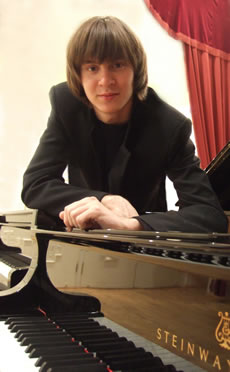
Filipp Kopachevskiy
Filipp Kopachevskiy, on the other hand, gave devastating readings of the Schumann Kreisleriana and Rachmaninoff’s 2nd Sonata, and an impassioned performance (from the score, but several of the competitors exercised this option) of the commissioned work, Tchaikovsky Etude by Rodion Shchedrin. This 21 year old Muscovite with the Beatles style mop-top made a huge impression with his first round performances as well – particularly with Tchaikovsky’s Danse Characteristique, the Chopin Grand Polonaise in A-Flat and a whirling, stomping, blindingly incandescent performance of Ravel’s La Valse that took the Shigeru Kawai piano he chose to its outer limits without for a second tipping over into ugly sound. Three very different dances, and he brought to each one its own characteristic rhythmic impetus, but they were unmistakably his performances, in his own immediately identifiable voice. This is a trait only the greatest players have, and it’s what makes for really compelling listening. In this competition, at least to my ears, Mr. Kopachevskiy and First Prize winner Daniil Trifonov were the only pianists who had it.
So what happened? As I think about his elimination I am, well – frankly rather disgusted. His kaleidoscopic playing was so obviously superior to at least three of the four others who were promoted to the final round, that I simply can’t understand it. And I’m not the only one. I speak Russian – well, perhaps more accurate to say that I understand it reasonably well. So I can tell you that when Irina Tushintseva, the Russian anchor, in her commentary introducing him in Round II referred to Kopachevsky as “number one,” John Rubinstein, laughing, replied, “Irina, you’re not allowed to say that!”
There are two possible explanations, and probably some combination of both was at work here – one is that his final performance, a Mozart Concerto (the sober K. 491 in C minor, which, having changed from Kawai he played on a Steinway, and using Mikhail Pletnev’s slightly strange cadenzas), was not his best piece. There were no problems, not a note out of place, but somehow it didn’t seem as deeply committed as his previous work. The other is his demeanor on stage. Kopachevskiy displays a Rachmaninovian unwillingness to smile, and he gives little indication to the audience that he appreciates or even accepts their attention and applause. It shouldn’t matter in one so hugely talented, but perhaps it chipped off just enough appeal to make a difference with the judges. It’s something they should never have considered, but I can think of no other explanation. He should easily have placed first or second. As it was, he didn’t even get the jury’s Discretionary Prize (which went to Pavel Kolesnikov, an excellent but not really distinctive performer) – anyhow, a real blot on the entire event.
No competition at this level ever goes off entirely without controversy, and while the piano division was relatively free of scandal – apart from my own grave dissatisfaction with the elimination of Kopachevsky – a real lulu of a storm broke over the cello contest. Apparently, in the concerto round, conductor Mark Gorenstein made a racist remark during rehearsals with Armenian finalist, Narek Hakhnazaryan, calling him something like a “redneck.” Tchaikovsky Competition officials put out a fairly hot statement disavowing Gorenstein’s comment in surprisingly strong terms, and Gorenstein scuttled out and was quickly replaced. Hakhnazaryan, bless him, went on to win First Prize – the ultimate revenge. I suspect that Mr. Gorenstein’s career has suffered, in E. F. Benson’s elegant phrase, “an irretrievable eclipse.”
So, on to the final five pianists:
Fifth Prize Winner Alexei Chernov, 28, from Moscow, was a puzzle to me from the beginning. This guy should buy a Lotto ticket, because he drew the final performance in every round, an advantageous spot by most calculations since, assuming your performance is one among many decent ones, you are at least fresh in the judges’ minds. He began his Round II recital by pairing a short Bartok Etude (the Op. 18, No. 3) with the required Shchedrin Tchaikovsky Etude, making an attractive combination particularly with Chernov’s incisive and tangy tone and ultra clear pedaling. Next up was the Scriabin 5th Sonata, a wild ride under any circumstances, but in this case sounding more hysterical than phantasmagorical, in part due to the lightly applied pedal which served Chernov so well in the previous pieces. It just wasn’t juicy enough. A simple suite by Henry Purcell was next – a daringly un-virtuosic choice for a super virtuoso competition. A Glenn Gould, or these days a David Fray, might have made it fascinating but Mr. Chernov doesn’t have that kind of irresistible declamation in music like this. His Schumann Symphonic Etudes suffered from attempts to exaggerate the dramatic content – too much rubato, too much stretching of phrases, pauses that went on too long, and this tendency toward questionable taste carried over into his concerto performances (Mozart, K. 595 and Tchaikovsky 1st). He ran into trouble in the final round with the Brahms 1st Concerto – the only time it was played in this competition – trying to engage with an orchestra that here sounded seriously under-rehearsed.
I expected Fourth Prize Winner, 26 year old Alexander Romanovsky of Ukraine, to finish higher. I thought he was a more interesting player than the two immediately above him. His Round I Brahms Paganini Variations, a notoriously demanding work, featured some pretty spectacular playing both technically and musically. He has a maturity of musicianship and understanding that allows him the seriousness to bring off a piece like the Symphonic Etudes, which he also played, in a natural way – without sounding as Chernov sometimes did, like a youngster wearing a stage beard. His Tchaikovsky 1st and Rachmaninoff 3rd concertos were full of warm sound and elegant phrasing, as well as the requisite high octane that I thought would have carried him further. Perhaps his problem was that he had the misfortune to choose the same Mozart Concerto (in A Major, K. 488) as the ultimate winner Trifonov, who played it so beautifully that some of the color seemed to drain from Romanovsky’s performance.
The youngest competitor to make the later rounds, 17 year old South Korean pianist Seong Jin Cho took Third Prize and he certainly has plenty of virtuoso chops. His playing was uniformly clean and unfazed by any technical challenge no matter how difficult, but I missed the kind of in depth musical approach to pieces like the Schumann Humoreske and the Beethoven Sonata Op. 110, and the color and character needed to do justice to Mussorgsky’s Pictures at an Exhibition which he plays well now but will play better in a few years. The fireworks in the Tchaikovsky and Rachmainoff 3rd Concertos he handles admirably, even astonishingly for such a youngster, but he lacks some of the drama to make them really effective.
Second Prize Winner Yeol Eum Son, 25, also from South Korea, has one overriding characteristic in her playing – a kind of superhuman éclat that can easily remind you of Hofmann or Lhévinne in its supremely clear, neat and even brilliance. Is it that she deploys it too often that bothers me, or is it just as when someone extraordinarily beautiful walks by – heads turn to look? In any case, it becomes hard to notice anything but her spectacularly perfect execution and all that flawless pearling has the unfortunate effect of making whatever she plays sound a little bit precious. It works to her advantage in bon-bons like Liszt’s Spanish Rhapsody and Samuel Feinberg’s extraordinary transcription of the Scherzo from Tchaikovsky’s Pathétique Symphony. Now there’s a piece that’s seldom heard due to its phenomenal difficulty, and Ms. Son very nearly took the roof off the Bolshoi Zal with it. Even in Mozart’s effervescent K. 467 Concerto her diamond cut playing is attractive, but in meatier repertoire like the Sonata Op. 111 of Beethoven something essential is missing. Perhaps she’ll have to resort to the Hollywood actresses’ method for avoiding smitten fans – some kind of pianistic version of big sunglasses, no-makeup and a ratty hairdo. I wish I got more musical satisfaction from her playing (and clearly the judges disagree with me here), but I have to admit I’d love to hear her in Schulz-Evler’s Blue Danube.
First Prize went to Daniil Trifonov and there is no question that it was richly deserved. This 20 year old, born in Nizhny Novgorod (formerly Gorky) in the Russian heartland, is a student at the Cleveland Institute of Music in Ohio, studying with emigré Russian pianist Sergey Babayan who I vividly remember hearing practically turn the piano inside out in competition 20 years ago. It’s an interesting combination since they are very different sorts of players. Babayan, the incendiary virtuoso, has somehow had a hand in developing a mellow, rather introverted but angelicly pure musical soul in Trifonov. Not that Trifonov lacks technical voltage – quite the contrary, he’s up to anything, in fact his complete Chopin Etudes, Op. 25 were one of the highlights of the entire competition, it’s just that he’s more Lipatti than Horowitz. Every note he touched was pure gold, but I really think his crowning moment came in what must surely have been one of the loveliest performances of Mozart’s K. 488 Piano Concerto ever given. Compelling, radiant, every gesture in the music lovingly communicated, directly and with perfect naturalness, artfully but without artifice. It simply could not have been better.
Mr. Trifonov came to Moscow to compete in the Tchaikovsky directly from his First Prize win at the 2011 Arthur Rubinstein Competition in Tel Aviv. The double first place finishes will doubtless give some impetus to what at his age is a fairly new career. It’s likely to be a brilliant one.
by Timothy Gilligan for New York Concert Review; New York, NY


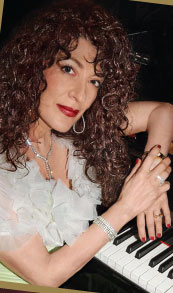
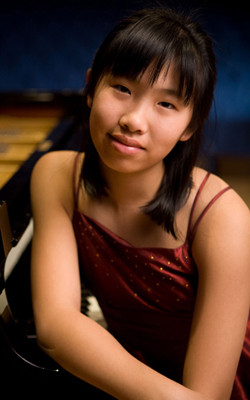
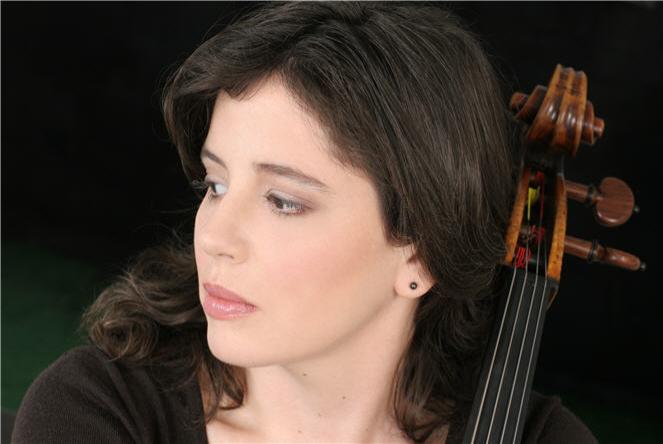
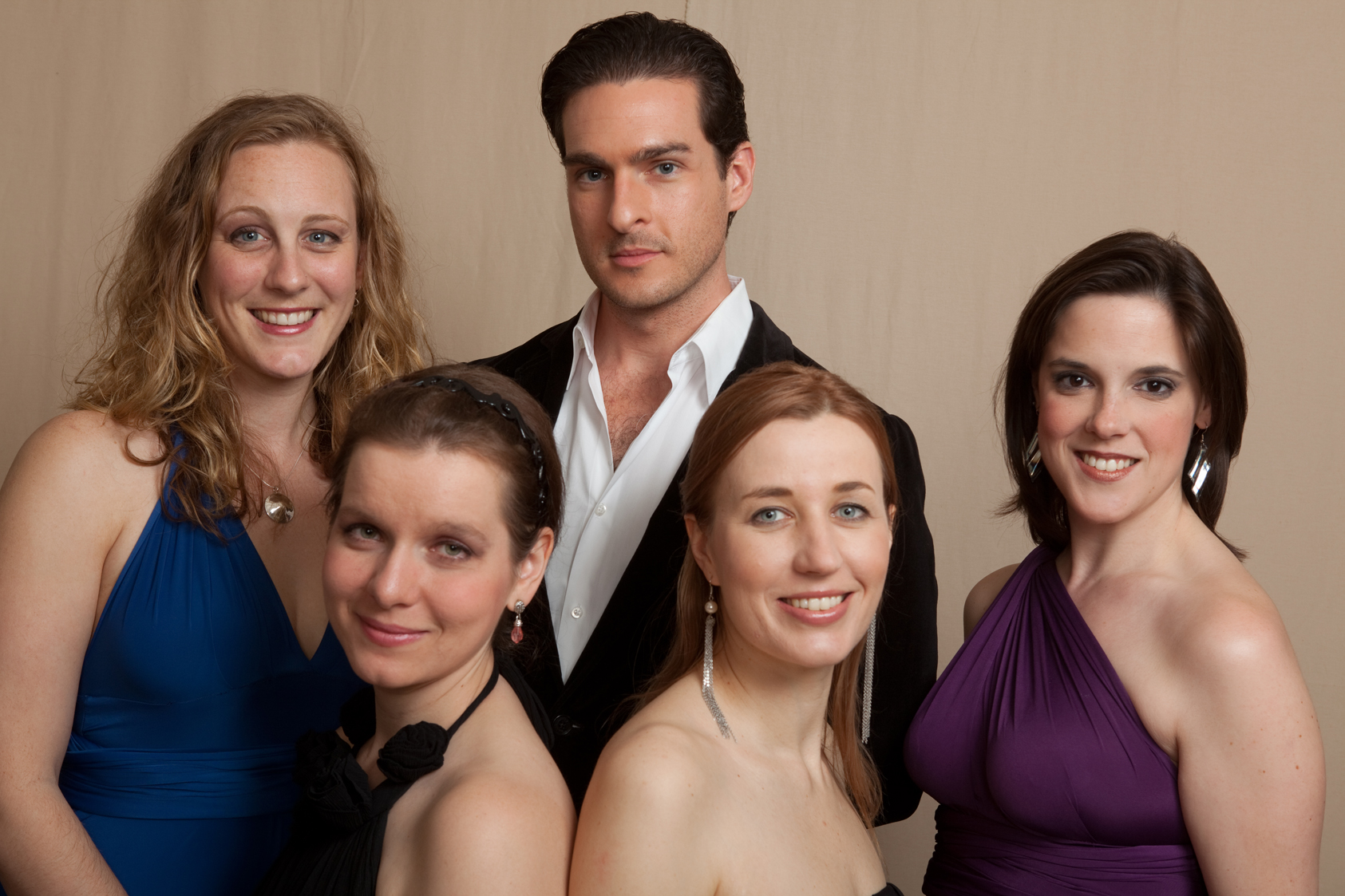
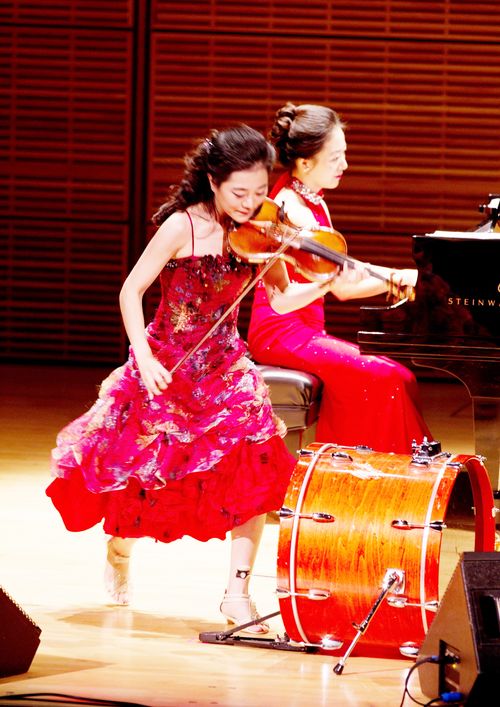
![Nadejda_Vlaeva[1]](https://nyconcertreview.com/blog/wp-content/uploads/2011/10/Nadejda_Vlaeva11.jpg)
